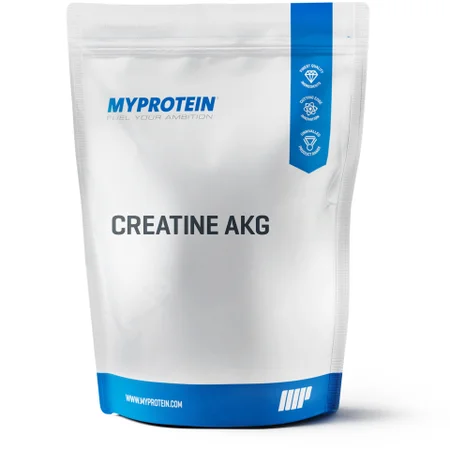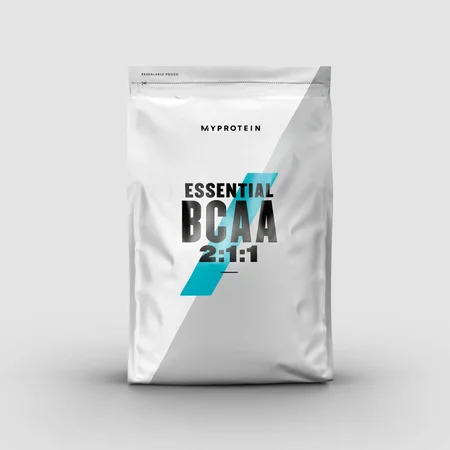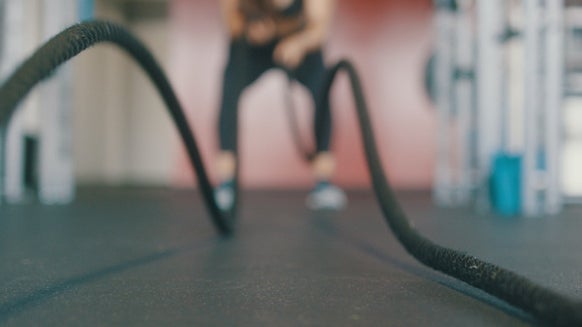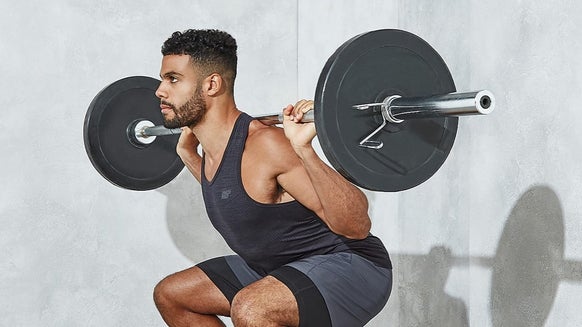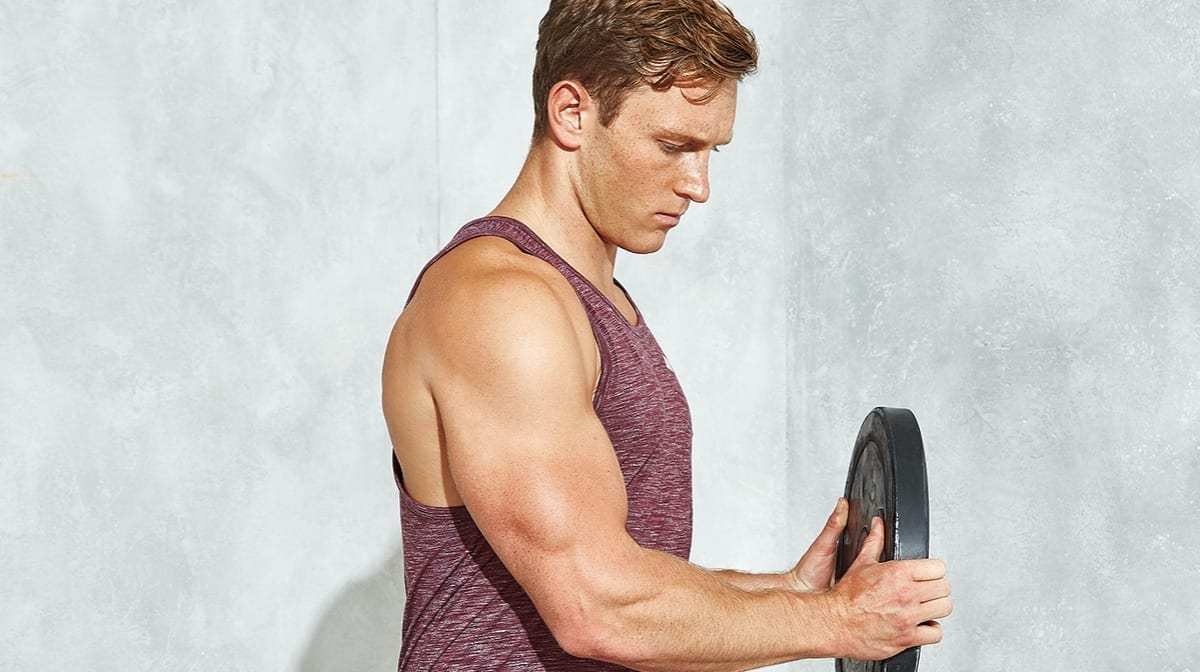
The bench press: the staple of chest strength building exercises. One of the first questions someone asks you about the gym is, “How much do you bench?” When they ask this, however, they are most likely referring to the traditional, flat bench press exercise. Bodybuilders have found new ways to perform traditional techniques in order to challenge their muscles differently to garner better results and muscle growth.
A popular variation of the classic flat bench press is the incline bench press. A large majority of people who train their chest are sure to implement this technique into their routine in some way at some point in time. The incline bench press IS extremely beneficial, but what if there was another variation that could break you through your plateau or maybe even help you shape your lower chest like you have been wanting to? Thankfully there is. It is called the decline bench press.
The decline bench press is a very under-utilized variation of the bench press that is actually more beneficial than most believe it is. Many famous bodybuilding pros like Jay Cutler or even Ronnie Coleman swear by the decline bench press and include it in their lifting routines.
Benefits of the Decline Bench Press
The first benefit of the decline bench press is that it targets the lower portion of your chest better than the flat bench as well as the incline bench. This is extremely important if you really want your chest to be round, wide, and defined. Adding them into your lifting routine could really help you fix imbalances that you may have noticed in your chest due to lack of lower-pectoral stimulation and could help increase your chest strength greatly.
Another benefit of the decline bench press is that it is a powerful chest move that takes your shoulders out of the equation a bit more than its flat or incline counterpart.
Due to the decline, your positioning, as well as the positioning of the bar, your shoulders do less of the work, truly isolating your chest for a great pump. It can also reduce strain on your lower back that you may feel when performing the flat bench press.
Performing the Decline Bench Press
First, you need to find either a decline bench station - you can find a decline bench anywhere in the gym and slide it into a power rack. After you place the bench where you want it, secure your feet at the end of the decline bench and lay back flat, watching out for the bar hitting your head! You really want to make sure that the bar is about even with your head so that when you pull it off from the rack, it is positioned in the center of your chest. For hand positioning, grab the bar with a standard, slightly wider than shoulder width, grip.
Once you unrack the bar, breathe in and lower the bar towards your chest slowly. Once you get the bar to your chest, explode up, pressing the bar back to its original position while exhaling. Repeat for however many sets/reps that you wish to do. Make sure that when you perform this exercise that you have a spotter that is paying attention because it is potentially dangerous due to you holding weight right over your face!
Dumbbell Variation Decline Bench Press
If you want to stimulate your lower pectoral muscles a little bit more, you can also try the dumbbell variation just using a decline bench. Forewarning, you will have to go lighter at first because it is an odd angle to hold dumbbells at and can be dangerous. Once you get a feel for the movement, you can increase weight as you see fit. A spotter helps here too just as a safety blanket.
To incorporate the decline bench press into your chest routine, perform it after the flat bench, not before. You want to make sure that you put the most important core lifts first. A standard 3 sets of a weight that you can get no more than 8-10 reps with will be more than enough to spark some growth in your lower chest region!
The decline bench press is not by any means a mandatory workout, but it can really add quality and volume to anyone’s workout routine. If you desire to be aesthetic, and want to get the most out of your chest workouts, then this is not a workout that you want to overlook.

Alice Pearson is a UKVRN Registered Associate Nutritionist and UK Anti‐Doping accredited advisor, having obtained a Bachelor’s of Science in Nutrition and a Master’s of Science in Sport Nutrition. She has a specialist interest in the use of sports supplements for improving health, fitness, and sport performance. Alice has experience working with both amateur and elite athletes, including providing nutritional support to Tranmere Rovers FC and Newcastle Falcons Rugby Club. Her nutritional guidance is always supported by evidence‐based research, which she keeps up to date through continuing professional development and independent learning. In her spare time, Alice loves travelling, hitting the gym, and getting stuck into a good book. Find out more about Alice's story here.

